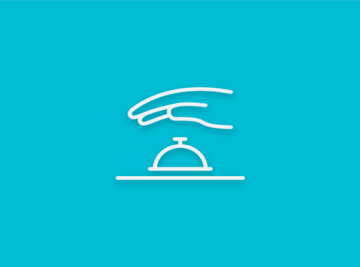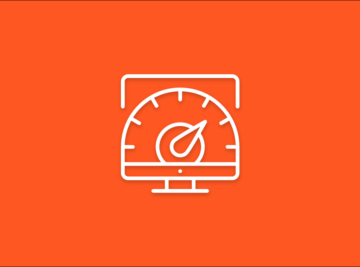Conversion rate optimization is much more than a task on your to-do list and one which does not limit itself to time. At its core, it’s a mindset, a philosophy that should influence everything you do in digital marketing. This systematic process of getting your visitors to take a desired action is essential if you want your business to continuously grow.
But how do you get to that point? How do you make sure that when developing your inbound marketing strategy, you always keep conversion rate optimization in mind?
Here are 4 steps to developing the mindset of an optimizer.
1) Lose the Vanity Metrics
The first necessary step is purging your old mindset. In digital marketing, this means the disappearance of vanity metrics. Metrics like impressions, Facebook page likes, or email recipients tell you little about how effective your marketing efforts actually are, because you simply have no idea whether that audience is even relevant to your business.
Vanity metrics are tempting low-hanging fruit: your Facebook page likes tend to grow over time, so it’s easy to feel and report success simply by pointing out how many likes you gain or users you reached. In reality, they have little to do with success.
Think about it: if you spend $100 on a Facebook campaign, you will reach more users than if you would have only spent $50. If you go just by reach, your campaign may seem to be more successful. But if the campaign includes bad creative or bad targeting, does the increased reach really matter? In reality, you probably will not attract more customers as a result. This is the danger of vanity metrics and why it should be your first step in reaching an optimizer mindset.
2) Determine What Matters
After you’ve eliminated vanity metrics from your KPIs, it’s time to find a worthy substitution: metrics that actually report and predict success. Here, it’s important to start with the ultimate goal: gaining customers. Every single metric you use should ideally be connected to that end goal.
In other words, reporting on leads only matters if you can also report how many of those leads actually turn into customers. Reach and impressions of individual ads may still matter, but only if you can use it to calculate your reach-to-conversion rates.
Speaking of which: Conversion rates, rather than ‘raw’ conversion numbers, are a better indicator of how your visitors and leads actually move through the sales funnel. They allow you to compare various campaigns and initiatives, even if the total budget or reach of these campaigns differed. Focus on metrics such as the traffic-to-lead ratio, landing page conversion rate and the cost per lead.
3) Educate Yourself
Having determined your new KPIs, it’s time to start educating yourself on benchmark comparisons. In your industry, what are the average visit-to-lead and lead-to-customer conversion rates? How do your numbers compare, and what can you do to improve them?
Education is a crucial part of the CRO mindset. You are not marketing in isolation; in fact, chances are other companies in your industry have developed a similar philosophy, and their numbers will be useful as benchmarks. Strike “I think” from your success reporting vocabulary, and start using “Compared to” instead.
4) Continue to Improve
Finally, the CRO marketer can never become stagnant. Every campaign can be improved, and that can only happen if you both consistently report success and run various tests to see if you can improve that conversion rate just a little bit. These types of A/B testing, whether they occur on your landing pages, email nurturing campaigns, or elsewhere, should be a constant in your marketing strategy.
In addition, doing research and educating yourself is not just limited to finding industry benchmarks. Instead, start following conversion marketing resources to find case studies and statistics of what worked and what didn’t in optimizing conversion rates. Then, try implementing the same types of tactics in your strategy using A/B testing.
Conclusion
Developing a conversion optimization mindset requires effort. But once you get there, you will see your marketing efforts improve significantly, allowing you to develop a strategy that helps your business gain exposure and customers both in the short and the long run.









